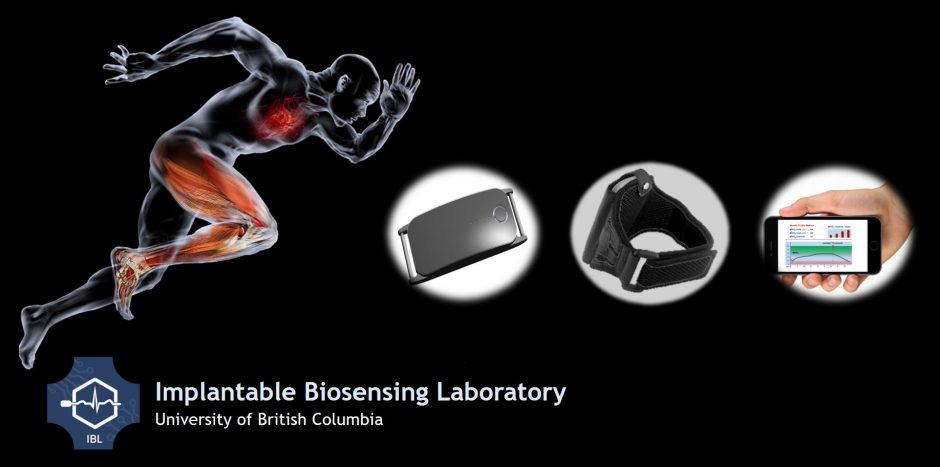
Elite athletes and their coaches generally rely on subjective self-awareness and traditional biometrics such as muscle force, VO2max, blood lactate level, and heart rate monitoring to schedule training and recovery protocols, monitor athletic performance and progress, and determine the return-to-sport time following an injury. These approaches, however, are not ideal and might not be reliable due to subjective errors, technological limitations, and individual confounding factors that limit the validity, practicality, and accuracy of the measures.
We are developing a novel wearable bio-sensor platform and a method for noninvasive and real-time monitoring of muscle metabolic condition, fitness, and function to help elite athletes improve their training programs, maximize their exercise intensities, and optimize their recovery while preventing muscle damage and over-training. This new metric could also be used to determine the right time for return-to-sport in injured athletes who are completing their rehabilitation program.
Supported By:



